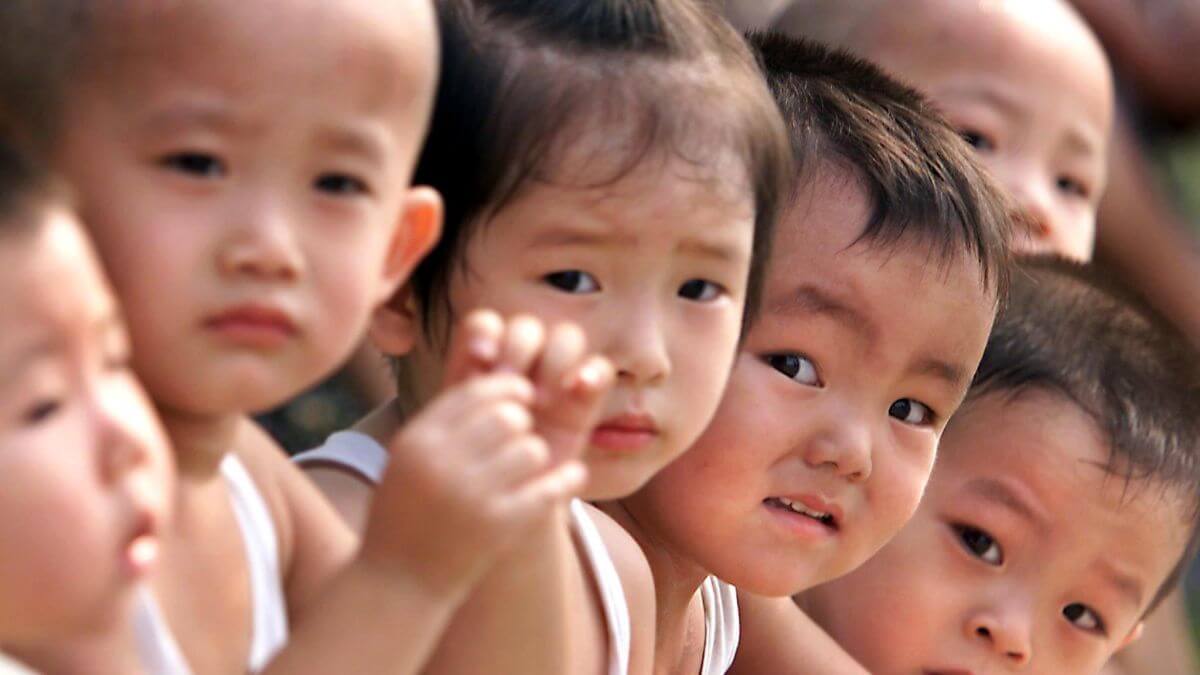Following a meeting of the Political Bureau of the Central Committee of the Communist Party of China (CPC) to hear reports on major policy measures undertaken by the Central Committee on Monday, China announced that it was loosening its family planning policy to allow every married couple to have up to three children, which up until now, allowed couples to have only two children. The change comes against the backdrop of concerns expressed by demographers over China’s declining birth rate, further emphasised in the latest census.
In addition to the relaxation, “supportive measures” will also reportedly be introduced by the government to ensure the success of the policy. Among other unspecified measures, China will lower educational costs, enhance tax and housing support, guarantee and strengthen the legal interests of working women and aim to curb the problem of high dowries. The government is also expected to look to educate young people “on marriage and love.”
According to the Chinese state-owned media house Global Times, the relaxation of the policy might not reverse the trend of a rapidly declining birth rate and ageing population, but has “sent a clear signal to encourage births and is part of efforts to build a fertility-friendly society.” This positivity was reflected in the stock market soon after the announcement. China’s childcare-related businesses saw a sharp rise in attention both on social media platforms and the stock market. Baby and pension-related concept stocks saw a rise with baby clothing, maternal, and child health companies all seeing a big jump. In Hong Kong, Goodbaby International rose more than 30% and Aidigong Maternal & Child Health was up by more than 20%.
The new family planning policy is a further revision of the previous one-child and two-child policies introduced in 1980 and 2016, respectively. These former restrictive policies, aimed at slowing China’s population growth, have been described some of the world’s “most invasive” family planning practices.
The current policy revisions have further been spurred by the release of the country’s census results three weeks ago, which indicated that China faces an ageing population for a long time unless strong policy intervention is introduced. According to the results of the ten-year population survey, the number of newborns in China in 2020 was down to 12 million from 14.65 million in 2019, which marks a drop for the fourth consecutive year. The population size aged between 15 and 59 dropped nearly 7%, while those aged above 60 went up more than 5%. Moreover, China’s total fertility rate was 1.3 births per woman, a relatively low level. On the other hand, the country’s ageing population has been shown to lead longer and healthier lives.
With birth fertility rates in China expected to drop even lower in the coming years, possibly even becoming the lowest in the world in the absence of significant policy interventions such as the three-child policy, demographers predict that India will overtake China as the world’s most populous country by 2023 or 2024, due to its a much higher fertility rate. This is earlier than the UN’s 2019 prediction that this would happen by 2027.

